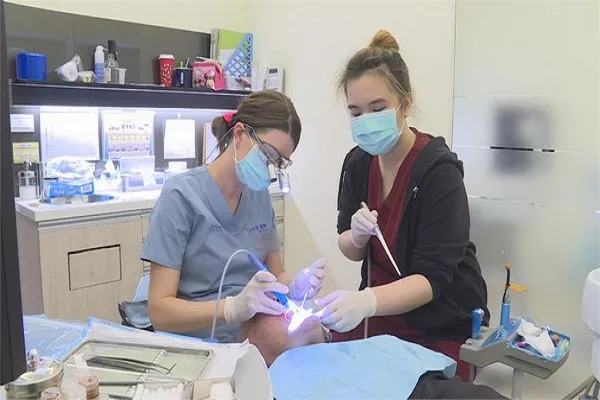Dental implants have revolutionized the field of dentistry, providing a long-lasting and natural-looking solution for individuals with missing teeth. Understanding the step-by-step process of dental implant placement is crucial for patients considering this treatment option. In this comprehensive guide, we will walk you through each stage of the dental implant procedure, from initial consultation to final restoration.
Initial Consultation and Treatment Planning
The first step in the dental implant process is an initial consultation with a qualified dentist or oral surgeon. During this visit, the dental professional will evaluate your oral health, review your medical history, and discuss your treatment goals. They may also take X-rays or perform a CT scan to assess the condition of your jawbone and determine if you are a suitable candidate for dental implants.
Preparatory Procedures
In some cases, preparatory procedures may be necessary before dental implant placement. These procedures include tooth extraction, bone grafting, or sinus augmentation. Tooth extraction is performed if there are any remaining damaged or decayed teeth that need to be removed. Bone grafting is required when the jawbone lacks sufficient density or volume to support the implant. Sinus augmentation involves lifting the sinus floor to create space for the implant in the upper jaw.
Implant Placement
Once the preparatory procedures are complete, the dental implant placement can begin. This stage involves surgically inserting the implant into the jawbone. The dentist will make an incision in the gum tissue to expose the underlying bone and then drill a small hole to accommodate the implant. The implant, typically made of titanium, is carefully positioned and secured in place. Over time, the implant fuses with the surrounding bone through a process called osseointegration, providing a stable foundation for the artificial tooth.
Healing and Osseointegration
After implant placement, a healing period of several months is necessary to allow for osseointegration to occur. During this time, the bone grows and attaches itself to the implant surface, ensuring its stability. The patient may be provided with a temporary restoration or wear a denture during the healing phase.
Abutment Placement and Impression
Once osseointegration is complete, abutment is attached to the implant. Theutment serves as a connector between the implant and the final dental restoration. In some cases, the abutment may be placed during the initial implant surgery. After the abutment is in place, an impression of the teeth and gums is taken to create a custom-made crown or prosthetic tooth.
Final Restoration
The final step involves the placement of the permanent dental restoration. This can be a crown, bridge, or denture, depending on the number of missing teeth and the patient’s specific needs. The restoration is carefully crafted to match the color, shape, and size of the surrounding natural teeth, ensuring a seamless and aestically pleasing result.
Conclusion
Dental implants offer a reliable and durable solution for individuals seeking to restore their smiles and regain optimal oral function. By understanding the step-by-step process of dental implant placement, patients can make informed decisions about their treatment options. It is essential to consult with a qualified dental professional who can assess your individual case and guide you through each stage of the procedure. With proper care and maintenance, dental implants can provide a long-lasting and natural-looking solution for missing teeth, improving both oral health and overall quality of life.



























